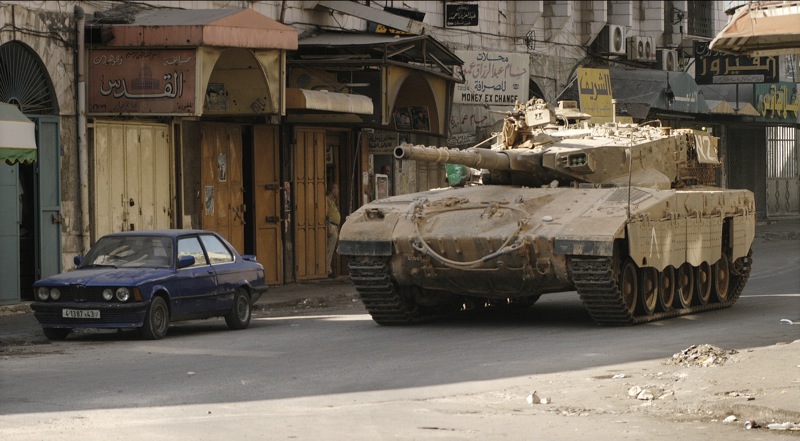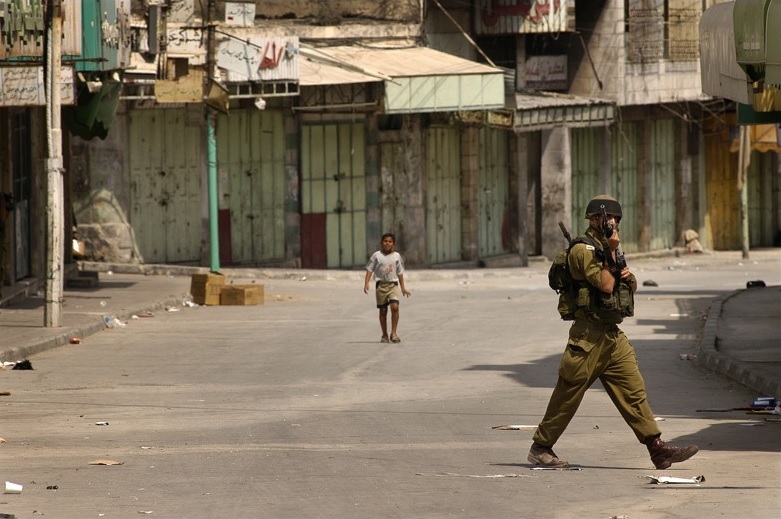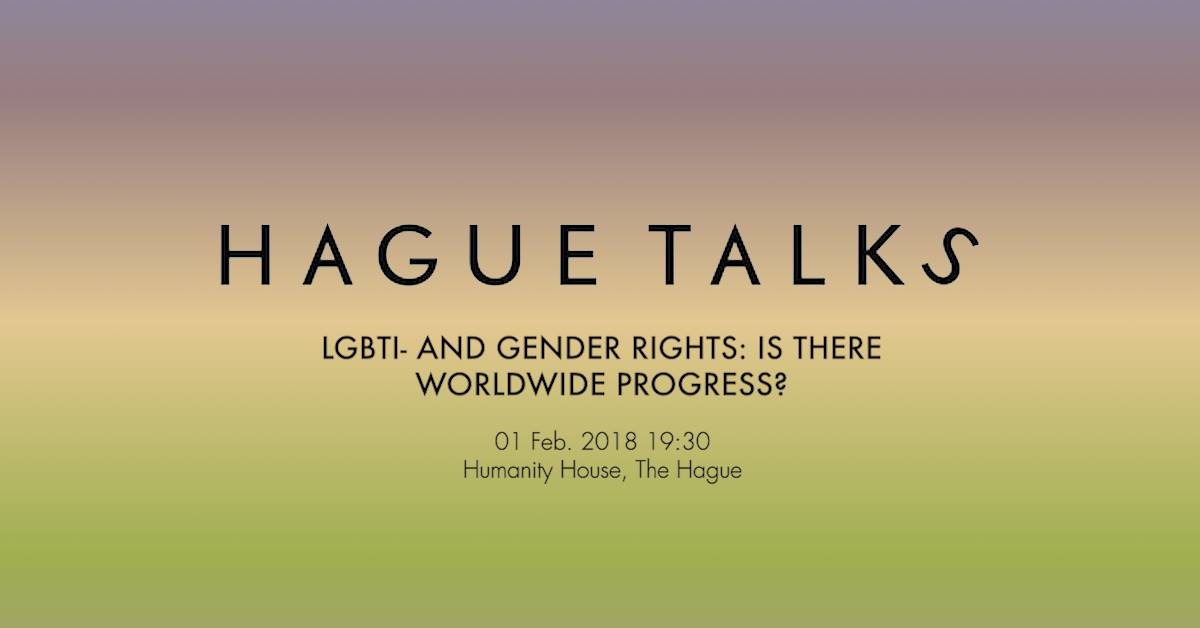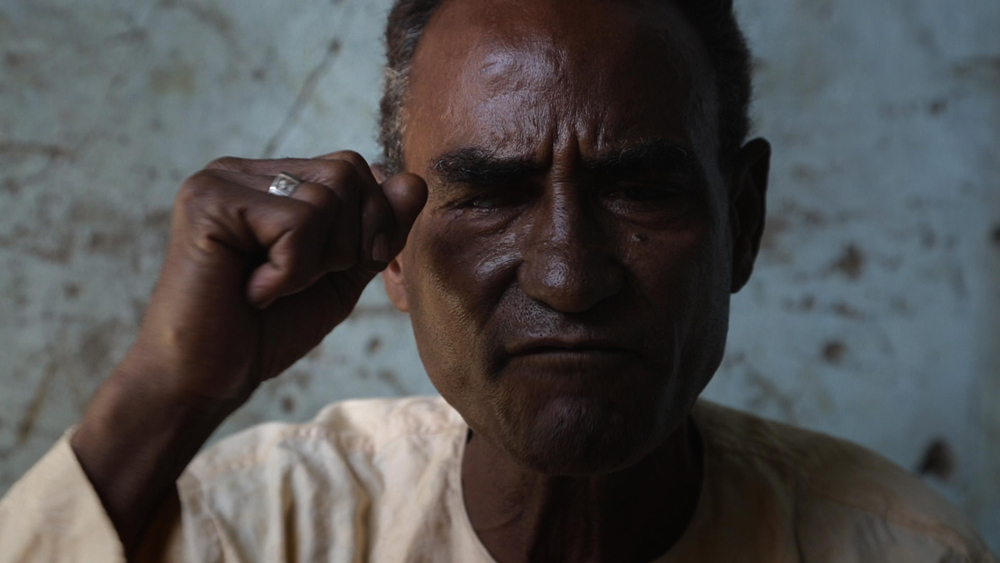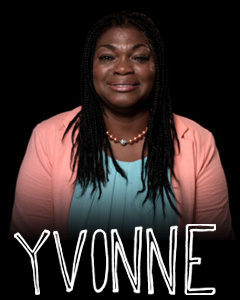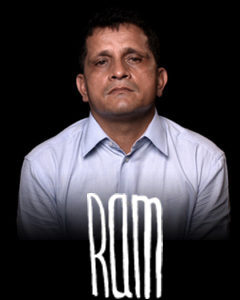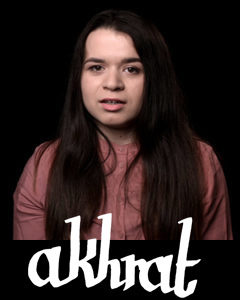Disasters & Conflicts: Israeli-Palestine conflict
The conflict between Israel and the Palestinians has lasted for over 60 years.

Israeli-Palestine conflict
Country: Israel and Palestine
Period: More than 60 years
Type of conflict: Political conflict
Conflict: Conflict about control of territory
Parties involved: the state of Israel, Palestinian organizations, Arab countries, international community
Estimated number of victims: 8,555 Palestinian and 1,068 Israeli deaths (from 1987 to October 2012)
The conflict between Israel and the Palestinians has lasted for over 60 years. Both parties claim the right to control territory now held by the state of Israel. Fundamentalist religious ideas about who has the right to occupy which land do not help bring the opposing parties closer together. The ongoing discord is accompanied by violence on both sides. Palestinian military groups carry out attacks against Israeli citizens. In retaliation, the Israeli army bombs Palestinian areas or invades them in pursuit of rebel leaders. Just as often as the conflict flares up, the parties try to enter into negotiations aimed at achieving peace, but up to now they have not succeeded.
There are various reasons why a settlement to the conflict between Israel and Palestine has not been found. One reason is a solution for the over 700,000 Palestine refugees forced to flee to neighbouring Arab countries in 1948. Israel refuses to allow the refugees to return, while Arab countries do not want to grant the refugees citizenship. In addition, the parties do not agree on how to divide Jerusalem, which is a holy city for both sides. Other contentious issues are the homes built by Israel on the West Bank, a Palestinian area, and the wall currently under construction to separate the Israeli and Palestinian territories. Fundamentalist religious views also prevent breakthroughs. Mutually deep-seated stereotypes and prejudices of the opposing party exist on both sides.

